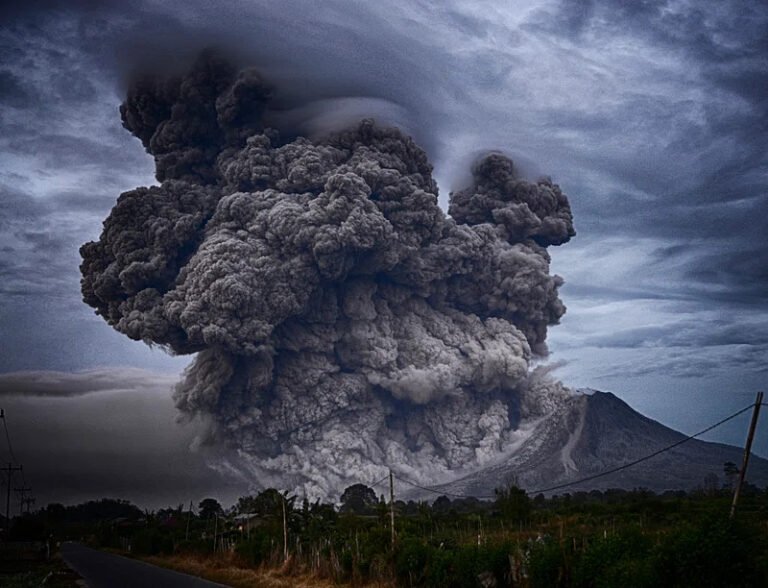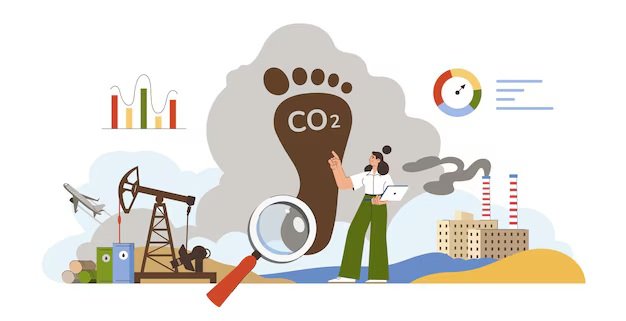10 Stories of Climate Refugees: The Real Faces of a Global Crisis
When we talk about climate change, it’s easy to get lost in numbers, predictions, and policies. But behind every statistic is a human story—real people forced from their homes, separated from families, and uprooted from communities that have existed for generations. Climate refugees are those forced to flee because their home environments can no longer sustain them, whether due to rising seas, extreme droughts, wildfires, or other climate-related disasters.
In this guide, we’ll explore ten stories of climate refugees from across the world, grounding each with real stories and data. And we’ll end with actionable advice on how each of us can help in the face of this global crisis.
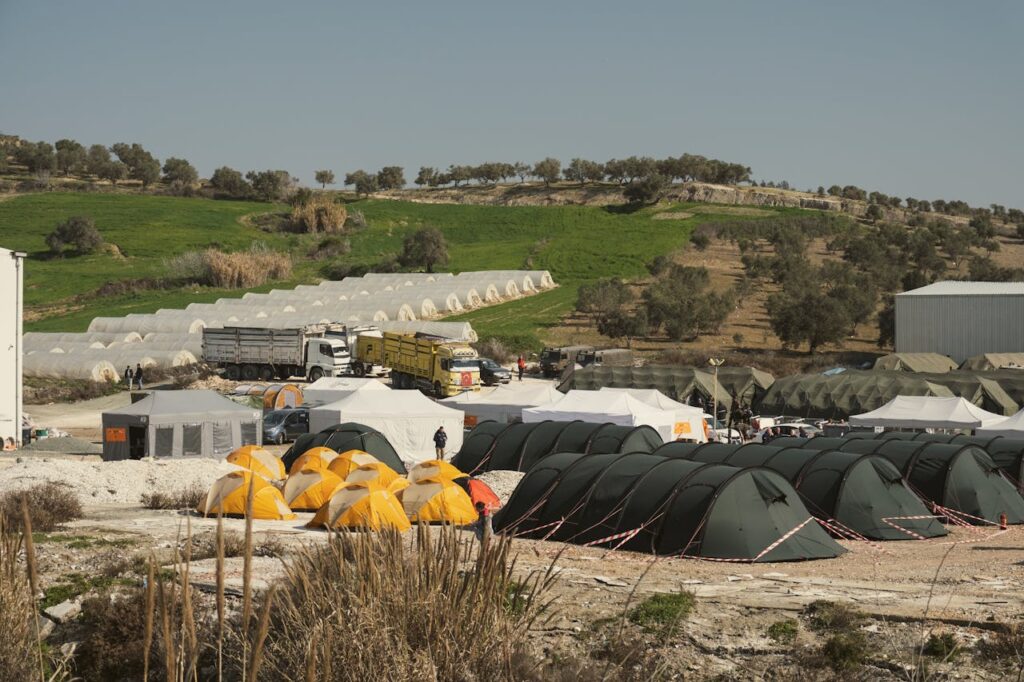
In This Article
- Climate Refugees Examples
- 1. Kiribati: The Nation Losing Ground, Inch by Inch
- 2. Bangladesh: Life on the Floodplain
- 3. Puerto Rico: Hurricane Exodus
- 4. The Sahel: A Battle Against Desertification
- 5. Alaskan Villages: The Ground Literally Melting Away
- 6. The Maldives: Paradise in Peril
- 7. Syria: When Drought Triggers Crisis
- 8. Marshall Islands: A Legacy at Risk
- 9. California: Fires That Force Migration
- 10. The Sundarbans in India: Homes Lost to Rising Waters
- A Way Forward: Practical Steps for Tackling the Climate Refugee Crisis
- Conclusion
Climate Refugees Examples
1. Kiribati: The Nation Losing Ground, Inch by Inch
Kiribati, a beautiful island nation in the Pacific, may disappear entirely under the rising sea within the next few decades. The land here is so low that even slight changes in sea level can have disastrous effects, with high tides flooding entire villages and storms causing severe coastal erosion.
Personal Story: The Teburea family had lived on Kiribati’s shores for generations, fishing the same waters their ancestors did. But now, they’ve made the heart-wrenching decision to leave, fearing the complete disappearance of their homeland. Mrs. Teburea shared, “The sea used to be our life. Now, it’s taking it away from us.”
Insights & Statistics: The Intergovernmental Panel on Climate Change (IPCC) estimates that sea levels could rise by nearly a meter by 2100. Kiribati is preparing for this by buying 6,000 acres of land in Fiji, providing a potential new home for its people.
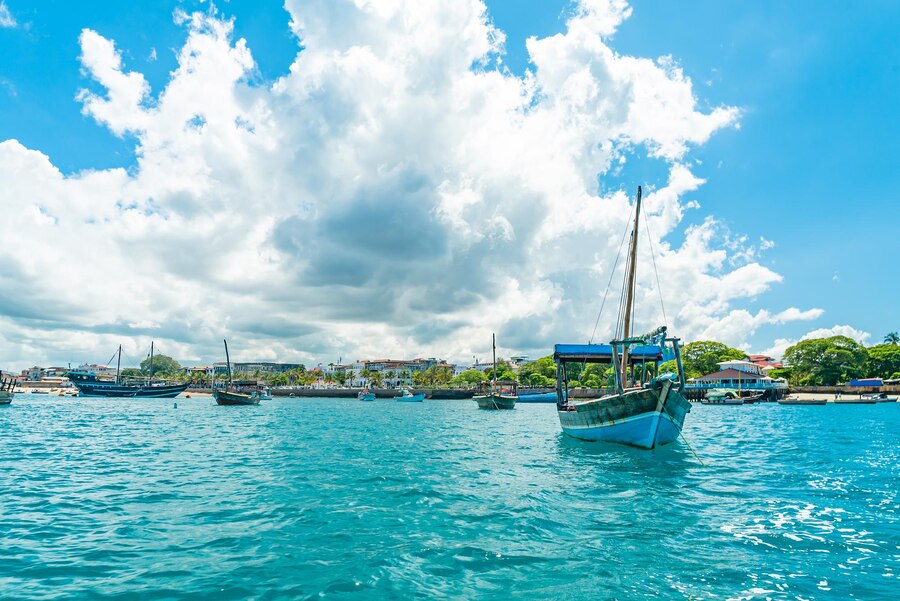
2. Bangladesh: Life on the Floodplain
Bangladesh is another country heavily affected by rising sea levels, with nearly 80% of the country situated on floodplains. Every year, coastal villages are swallowed up, and families are forced to migrate to overcrowded urban areas with little support.
Personal Story: Alam, a fisherman from southern Bangladesh, recalled the night his village was washed away. “One minute, we were asleep, and the next, we were running, trying to stay ahead of the flood.” Today, he lives in Dhaka’s sprawling slums, struggling to find work in an unfamiliar city.
Insights & Statistics: According to the World Bank, around 13 million Bangladeshis could be displaced by 2050 due to climate change. As urban populations swell, the pressure on infrastructure, jobs, and resources grows, creating a humanitarian crisis in waiting.
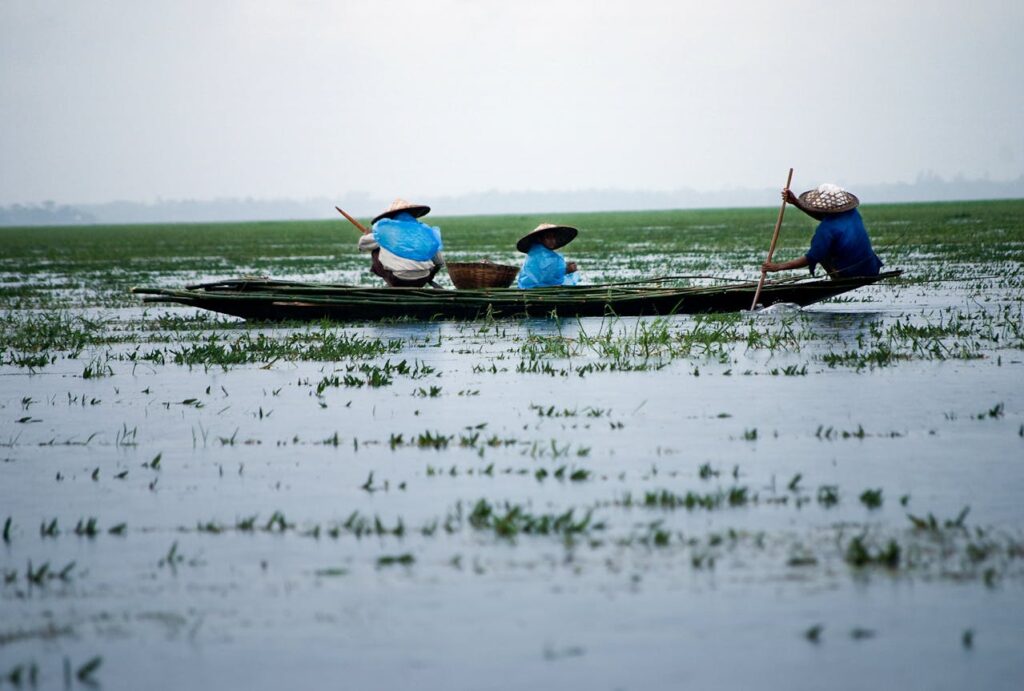
3. Puerto Rico: Hurricane Exodus
Puerto Rico’s experience with hurricanes highlights how extreme weather events can devastate communities overnight. In 2017, Hurricane Maria tore through the island, leaving a trail of destruction and forcing hundreds of thousands of Puerto Ricans to seek refuge in the mainland United States.
Personal Story: Maria, who lived in San Juan, lost her home in the storm and moved with her children to Florida. “I wanted to stay and rebuild,” she explained, “but everything was destroyed. I had to think about my kids’ future.”
Insights & Statistics: Research from the University of Michigan revealed that nearly 200,000 Puerto Ricans left the island in the year following Hurricane Maria. With climate change driving more powerful storms, experts fear more forced migrations like Puerto Rico’s are inevitable.
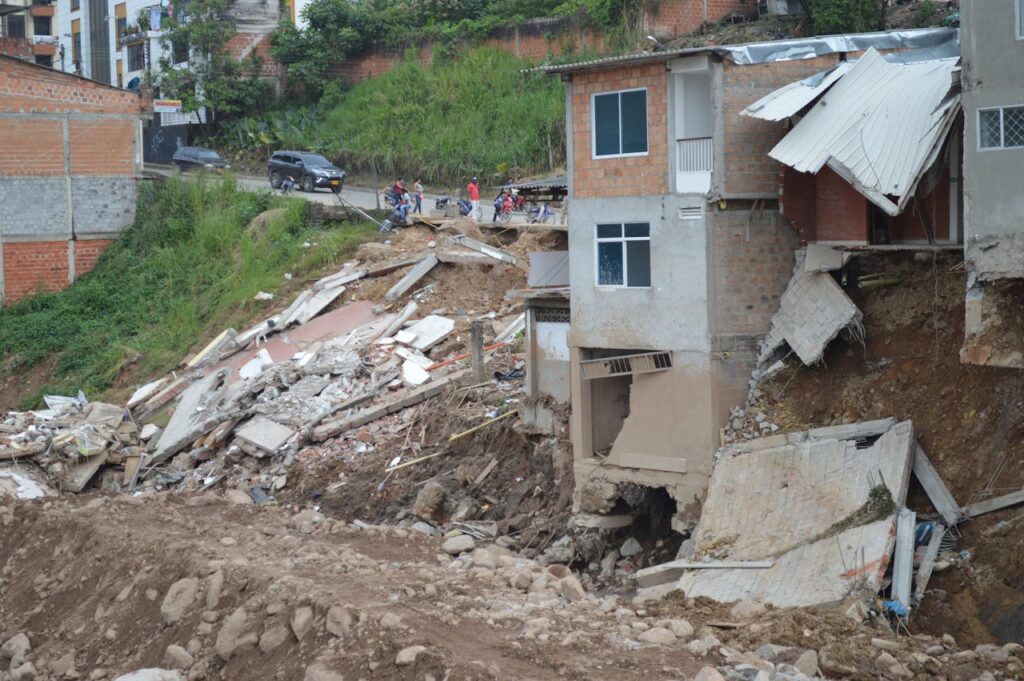
4. The Sahel: A Battle Against Desertification
In the Sahel region of Africa, encompassing countries like Niger, Chad, and Mali, climate change manifests through intense desertification. Once-fertile lands are drying up, making farming difficult and driving people toward urban areas or across borders in search of food and work.
Personal Story: Moussa, a farmer from Mali, described how his land had transformed over the years. “I remember when the fields were green and full of life,” he said. “Now, it’s just sand. I can’t feed my family here anymore.”
Insights & Statistics: The Sahara Desert is advancing southward by about 30 miles each year. By 2050, around 80% of farmland in the Sahel could become unusable, displacing an estimated 50 million people, according to the UN.
Learn More: Why Is Plastic Pollution Bad for the Environment? Understanding Its Impact and Solutions
5. Alaskan Villages: The Ground Literally Melting Away
In Alaska, indigenous communities like the Yupik village of Newtok are dealing with a unique threat: melting permafrost. As the frozen ground softens, homes sink, and roads crack, while increased storms erode what remains of the village’s coastline.
Personal Story: For one Newtok elder, the loss is personal. “Our ancestors chose this place for us,” he said. “Now, we have to leave it behind. It feels like losing part of our soul.”
Insights & Statistics: A report by the U.S. Government Accountability Office identified over 180 indigenous villages in Alaska that are at immediate risk due to climate impacts. Newtok was granted government funding to relocate, one of the first U.S. communities to receive this for climate reasons.
6. The Maldives: Paradise in Peril
The Maldives, known for its idyllic beaches and crystal-clear waters, faces a harsh reality: with 80% of the country just a meter above sea level, the entire nation could be underwater within a century. The government has been vocal, raising international awareness and even considering relocating the entire population.
Personal Story: Aminath, a Maldivian student, spoke of her anxiety. “I love my country, but I can’t help but wonder if it will still be here when I’m older. It’s terrifying to think that our whole world could just disappear.”
Insights & Statistics: The IPCC reports that sea levels are rising faster in the Indian Ocean than the global average, increasing the urgency of the crisis in the Maldives. In response, the country has invested in artificial islands, though they offer limited, temporary relief.
7. Syria: When Drought Triggers Crisis
In Syria, the connection between climate and conflict is painfully clear. A severe drought from 2006 to 2011, the worst in recorded history, devastated farming communities and fueled migration to urban centres. Many experts believe this migration added to the unrest that eventually led to the Syrian Civil War.
Personal Story: Ahmed, a former farmer from Aleppo, recalled how his once-thriving fields dried up, forcing his family to move to the city. “The land just stopped producing. We had no choice but to leave,” he said.
Insights & Statistics: According to a 2019 study by the Global Environmental Change, the drought likely intensified the conditions that led to conflict. The UN estimates over 13 million Syrians have been displaced by the war, with climate stress as a factor.
8. Marshall Islands: A Legacy at Risk
The Marshall Islands face similar challenges to Kiribati, with rising sea levels, flooding, and freshwater contamination threatening its communities. But for the Marshallese, the loss isn’t just physical; it’s cultural, as they risk losing centuries-old traditions and knowledge tied to the land.
Personal Story: Marie, a mother from the Marshall Islands, talked about her fears. “Our way of life is connected to this place. When we leave, it’s like leaving behind who we are.”
Insights & Statistics: Rising sea levels are already affecting water supplies on these islands, and a recent study suggests they could be uninhabitable within the century. The island’s government is lobbying internationally for greater climate action to preserve its people and culture.
9. California: Fires That Force Migration
California’s wildfire season grows longer and more severe each year, fueled by prolonged drought and high temperatures. The 2020 wildfire season displaced thousands of people and destroyed entire towns, like the devastating fires that decimated Paradise, California.
Personal Story: Steve, a lifelong resident of Paradise, California, shared how he watched his home burn to the ground. “We had just minutes to leave. Everything I owned, every memory, was in that house,” he said. “I don’t know if I can go through that again.”
Insights & Statistics: Research from the National Oceanic and Atmospheric Administration (NOAA) found that climate change has doubled the areas susceptible to burning, making large-scale fires more likely. With each fire season, thousands more Californians face the possibility of becoming climate refugees.
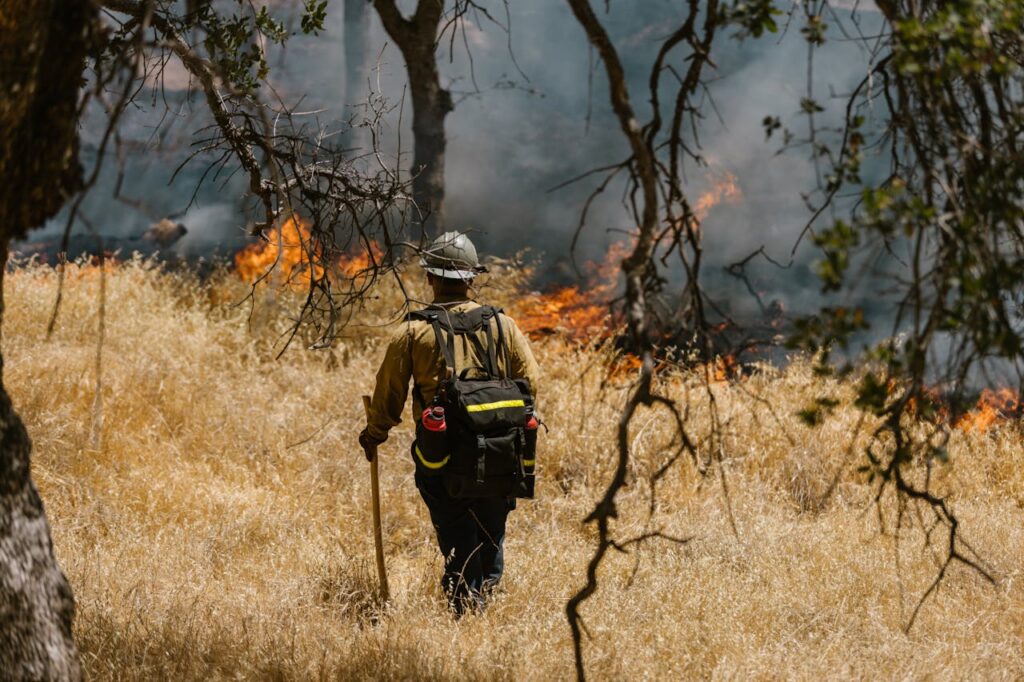
10. The Sundarbans in India: Homes Lost to Rising Waters
In the Sundarbans region of India, which boasts the world’s largest mangrove forest, families face the slow creep of rising waters. Each year, tidal flooding erodes more of the land, making it nearly impossible for residents to farm, fish, or live as they once did.
Personal Story: Gopal, a fisherman, moved his family three times as the sea advanced. “Each time, I told myself it was the last. But the water just kept coming,” he said. Now, his family is planning a permanent move inland.
Insights & Statistics: According to DW, an estimated 45 million Indians could become climate migrants by 2050. The Sundarbans alone are losing nearly 20 square kilometres of land each year, impacting tens of thousands of residents.
Learn More: What Is Eco-Friendly? Key Practices, Global Examples, and Future Innovations
A Way Forward: Practical Steps for Tackling the Climate Refugee Crisis
It’s easy to feel helpless in the face of such overwhelming statistics, but there are tangible ways to make a difference. Here’s how you can take action:
- Raise Awareness: Sharing stories of climate refugees brings the crisis into the public eye, highlighting the immediate human cost of climate change. Sharing posts, attending events, or even just talking to friends and family are simple but impactful ways to spread awareness.
- Support Organisations Working with Climate Refugees: Nonprofits like the Red Cross, UNHCR, and smaller community organisations on the front lines need support, both financially and through volunteer efforts. Every donation helps provide immediate aid to families displaced by climate impacts.
- Push for Policy Change: Advocate for local, national, and global policies that protect climate refugees. Pressure your representatives to recognise climate refugees legally, offering them rights and protections. Support policies that promote climate resilience, clean energy, and environmental protection.
- Reduce Your Own Carbon Footprint: Though individual actions are small steps, they add up. Use energy-efficient appliances, support renewable energy initiatives, and buy sustainably when possible. These actions can lessen our environmental impact and reduce future displacement risks.
- Prepare for Resilience in Vulnerable Areas: Investing in resilient infrastructure like flood barriers, drought-resistant crops, and sustainable land management can make communities less susceptible to climate impacts, reducing the need for migration.
Conclusion
Climate refugees aren’t a distant reality—they’re here, and they’re people with stories, dreams, and heartbreak. While no single person can solve the climate crisis, each of us can be part of the solution. Together, we can work toward a world where no one has to leave their home because of a changing climate. Let’s respond with compassion, resilience, and action, ensuring that we’re building a future where we meet this challenge with both courage and humanity.

